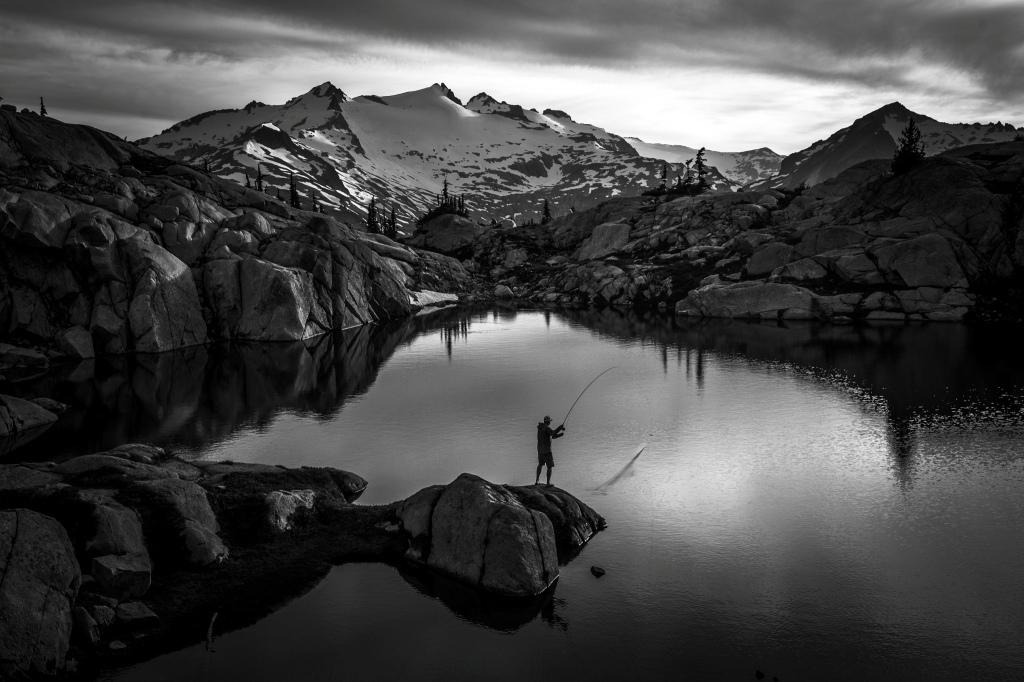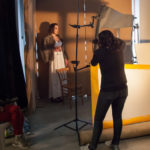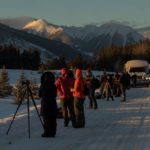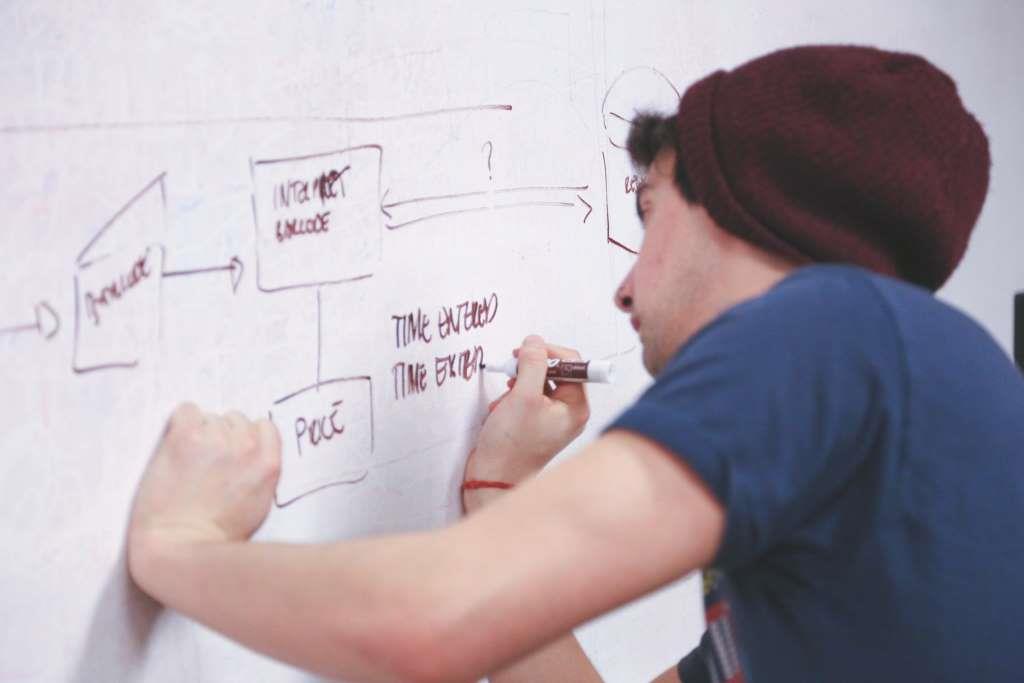
Picturesque landscapes, beautiful natural surroundings, scenic beauty and cherishable moments are loved by all. If asked, you all will agree, to keep them alive in the form of pictures or photographs. But the way you feel about the moment can remain fresh and alive even in pictures if taken properly or by professionals. The experts are called the “landscape photographers.” Landscape photographers have the capacities of capturing the best picture, with excellent quality and the photographs have a lot of detailing in them. They ensure the lights, shades, color, distance, minute and microscopic details and the kind of lens used while taking photographs.
Finding a professional photographer in YOU!
Landscape photography is done mostly of the natural beauty, landscapes, and the outdoors and is done while you are traveling; you work most of the time in outdoor if you are a tourist, an explorer, or a nature lover. Everyone has a liking for clicking such pictures and a lot of times they are successful. And most of the times you start like “Amateur Photographer” and discover yourself later. But to be a perfect “Landscape Photographer” every time you must follow the following steps:
1. Learn the Basics
You must, first of all, learn some basics of photography like – color, light, shade, textures, contrast, and the instruments used in photography. You must learn to go for the very basics and not the latest or the advanced equipment. This is critical as the very basic instruments will let you understand the concepts. The all automatic devices will not allow you to learn, play with the light, shades, color and create a story out of the picture.
2. Capture “Light”
The most critical thing in landscape photography is the “Light.” You must learn and understand the quality of light is important and can make a lot of difference to the final product or picture. Light vary from morning till noon and then from noon till evening and even the night. Different colors and shades are generated with each passing minute of the day allowing you to explore and generate photos accordingly. Even different weather conditions affect the quality of light and, the transformation of the scene can sometimes drastically change with changing weather conditions. Learning these and reading the light on the scene is critical. You may have to wait at the site for the perfect light, shade, and color.
3. Theme of the Photograph
Arriving at the theme or the story of the photo is the next subject. You may select a bigger landscape to create a big story, but the results with a smaller frame and theme will get you a better result. Smaller pictures with microscopic detailing and lighting can altogether generate a new world. Your innovation, imagination and deep thinking get reflected in such frames. In other words, you need to compose the photograph, and it must speak on its own. Try and get a closer frame of the theme/subject as much as possible to avoid any distraction.
4. Backdrop
Essential in the photograph is the “background.” It should be of such nature that a viewer should immediately get attracted to it and then slowly come to the main theme of the landscaped photograph. At the same time, it should not distract or dilute the attention from the main topic or subject. Just to make it easy to understand – a photograph of a tree taken on a vertical angle and the same tree photographed with mountains and birds.
5. Equipment
The use of equipment like the kind of camera, lens, or the tripod and the correct time to use them must be judged. Though for amateurs this may come with experience, professionals can understand it better. Arriving at the scene with the appropriate equipment also can provide you distinctions.
Landscape Photography” has no limits and with these basic tips and utilizing them during your expeditions, mixing them in different permutation and combinations will provide you the excellent outcome. You may also try to read other photographers and find out the techniques, subjects, and use of light in their photographs. Go through a lot of pictures to learn different frames, various possibilities and rest are all your creativity.
Tristan Taylor
Latest posts by Tristan Taylor (see all)
- A Comprehensive List of 7 of the Best Photo Editing Applications for Beginners - June 23, 2017
- Time to Hone Your Photography Skills - May 21, 2017
- Five Ways to be a Better Landscape Photographer - May 2, 2017














